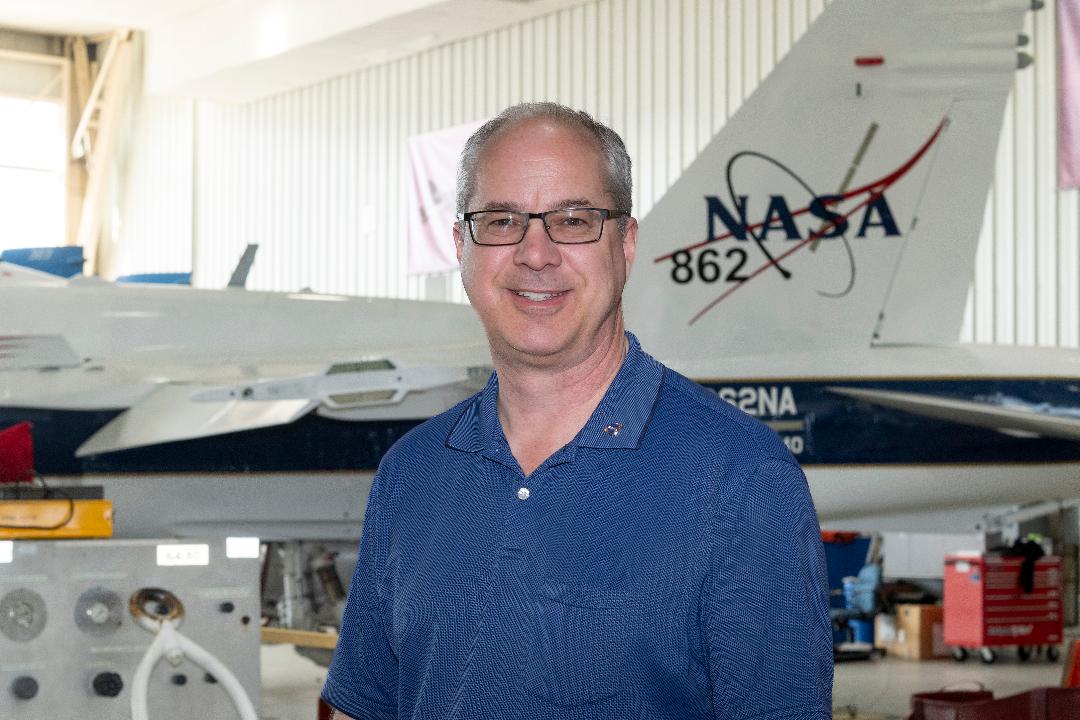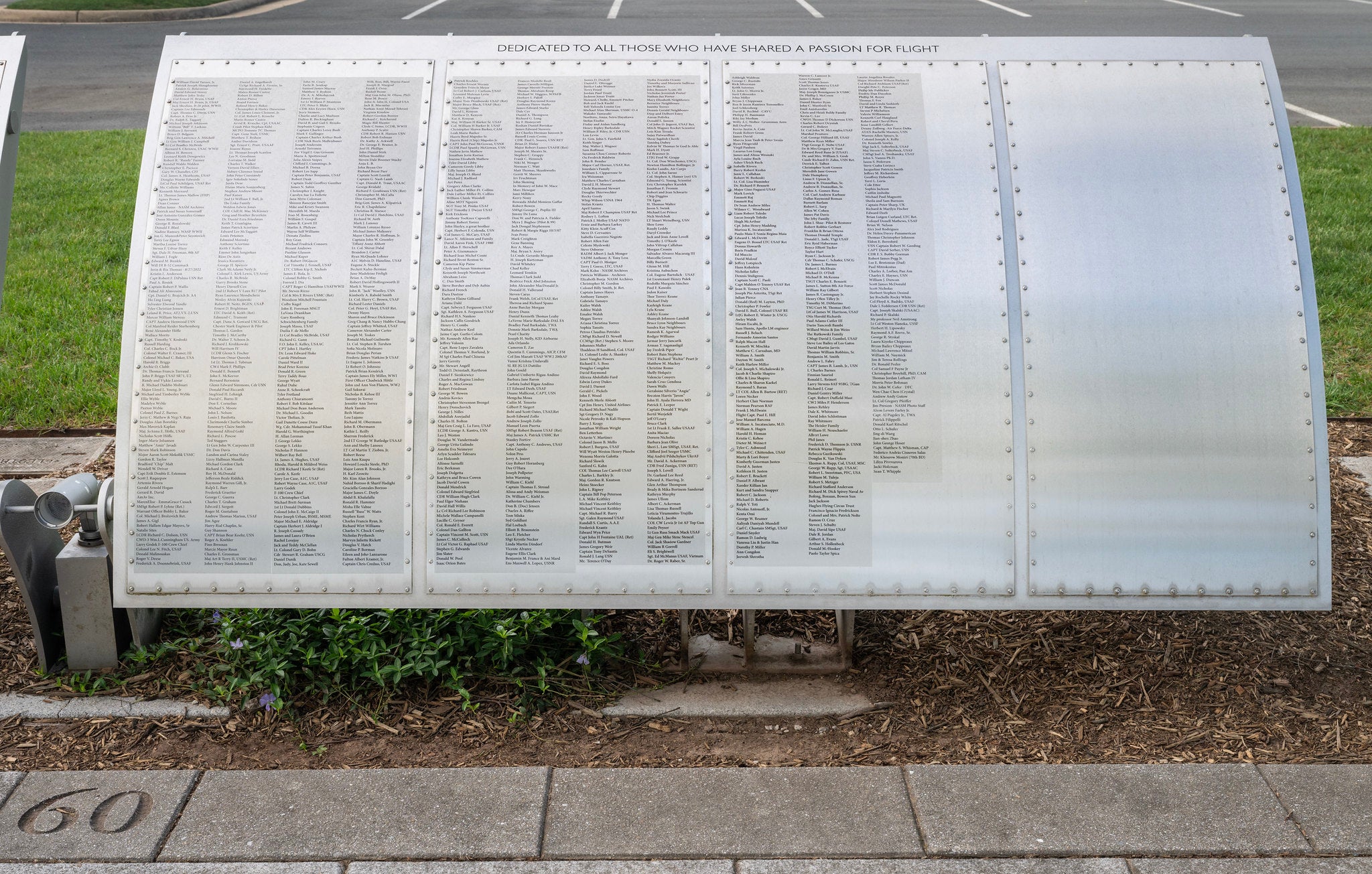Edward A. Haering, Jr.

Foil: 60 Panel: 2 Column: 4 Line: 97
Wall of Honor Level: Air and Space Friend
Honored by:
Yvonne & Steve Schmidt
Edward A. Haering, Jr. began his NASA career at the Dryden (now Armstrong) Flight Research Center in 1984 as an intern, working in various engineering branches. He found his passion in research aerodynamics and is considered a subject matter expert in the fields of sonic boom and shockwave measurement, airdata calibration including Reduced Vertical Separation Minima, and the use of Global Positioning System and ground-based radar in flight research. Ed has been the technical lead in all aspects of supersonic aerodynamic research, including concept formulation, experiment design, prediction, execution of flight and field measurements, analysis, and reporting, specializing in innovative techniques. Additionally, he was principal investigator or technical lead for 12 programs, chief engineer for 3 programs, a mentor of several junior engineers and co-op students simultaneously, and received patents for five technologies.
Ed is the first author on 19 technical publications and journal articles (so far) and co-author on an additional 40 technical publications. He has been a research engineer on 31 aircraft/spacecraft, including high-profile programs such as the Space Shuttle, the X-43 Hyper-X, and the Quesst X-59.
Ed’s steady, consistent work and numerous projects are all building block efforts toward allowing quiet civilian supersonic flight overland. In reverse chronological order, his top hits include the following work:
1) High-speed Acoustic Model Receiver Time (HAMRTime)/Triggering Hardware and Observation Recorder (THOR)/Supersonic Aircraft Noise Transgression Array (SANTA): Allows autonomous acoustic ground-level measurement of X-59, transition to monitoring fleet of future supersonic aircraft for noise limit compliance. U.S. Patent 11,715,381
2) Schlieren photography of full-scale aircraft, including Background Oriented Schlieren using Celestial Objects (BOSCO): Building on Leonard Weinstein's innovation, allows visualization of complex supersonic flow patterns up to the surface of a full-scale aircraft in flight. U.S. Patent 9,599,497
3) Low Boom Dive Development: Inspired by a measurement of the re-entering SpaceShipOne vehicle, allowed real-atmosphere quiet booms to be presented to industry/academic/government leaders to target 75 PLdB for a regulatory limit, and start community testing of quiet booms, such as QSF18, to prepare for Quesst Phase III X-59 testing.
4) Shaped Sonic Boom Demonstrator: First full-scale proof that quieting sonic booms is possible with aircraft shaping.
5) Cockpit Interactive Sonic Boom Display Avionics (CISBoomDA): Real-time pilot and ground flight controller display of sonic boom carpet. This software system predicts the location and intensity of shock waves caused by supersonic vehicles. U.S. Patent 8,145,366
6) SR-71 Sonic Boom Propagation Experiment: Greatly enhanced the fidelity of near field shock measurements, allowing the validation of Computational Fluid Dynamic computer codes for new low boom designs. Also, very cool to work on the SR-71!
These programs have produced valuable data to help characterize key elements of sonic booms (e.g., evanescent waves, sonic boom propagation effects, and impact of flight maneuvers). Data from these programs includes public reaction, which will be critical as the FAA considers allowing overland supersonic flight.
Wall of Honor profiles are provided by the honoree or the donor who added their name to the Wall of Honor. The Museum cannot validate all facts contained in the profiles.
Foil: 60
All foil images coming soon.View other foils on our Wall of Honor Flickr Gallery
